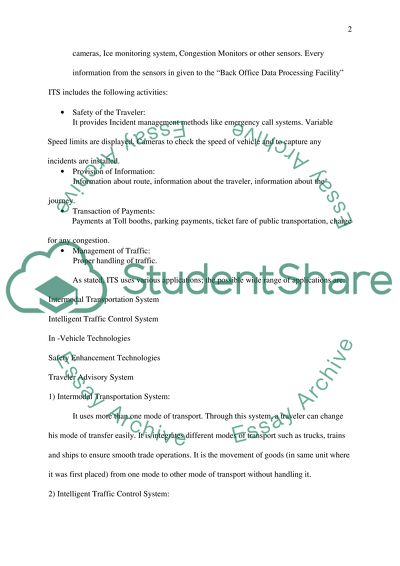Cite this document
(“Approach to Smart Transportation & Study of Intelligent Transport Dissertation”, n.d.)
Retrieved de https://studentshare.org/information-technology/1395614-approach-to-smart-transportation-study-of-intelligent-transport-system-in-ireland
Retrieved de https://studentshare.org/information-technology/1395614-approach-to-smart-transportation-study-of-intelligent-transport-system-in-ireland
(Approach to Smart Transportation & Study of Intelligent Transport Dissertation)
https://studentshare.org/information-technology/1395614-approach-to-smart-transportation-study-of-intelligent-transport-system-in-ireland.
https://studentshare.org/information-technology/1395614-approach-to-smart-transportation-study-of-intelligent-transport-system-in-ireland.
“Approach to Smart Transportation & Study of Intelligent Transport Dissertation”, n.d. https://studentshare.org/information-technology/1395614-approach-to-smart-transportation-study-of-intelligent-transport-system-in-ireland.


